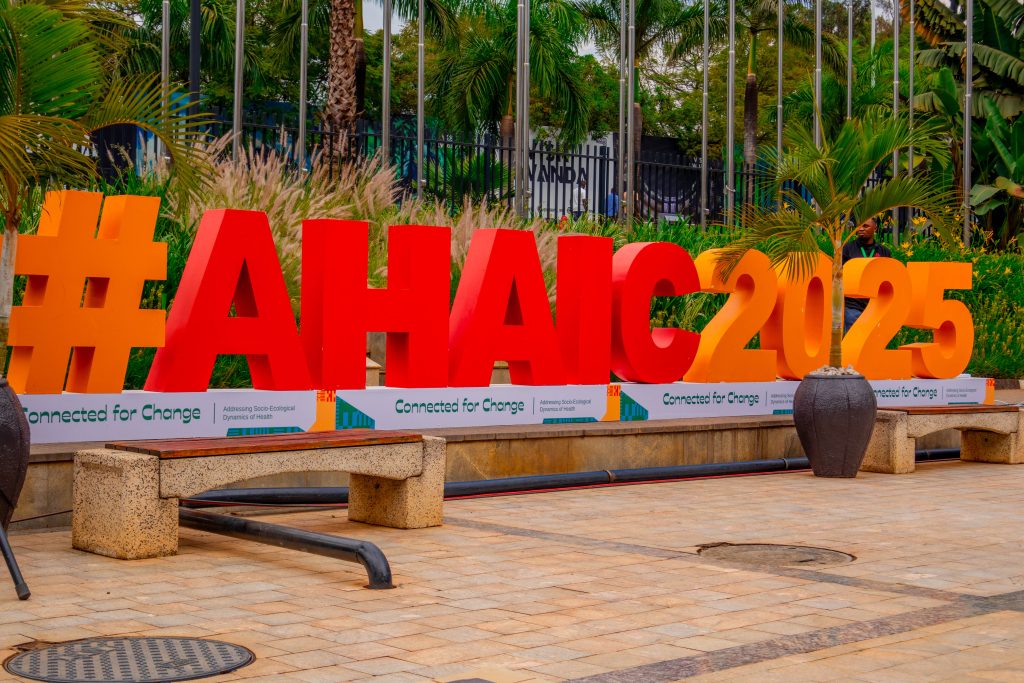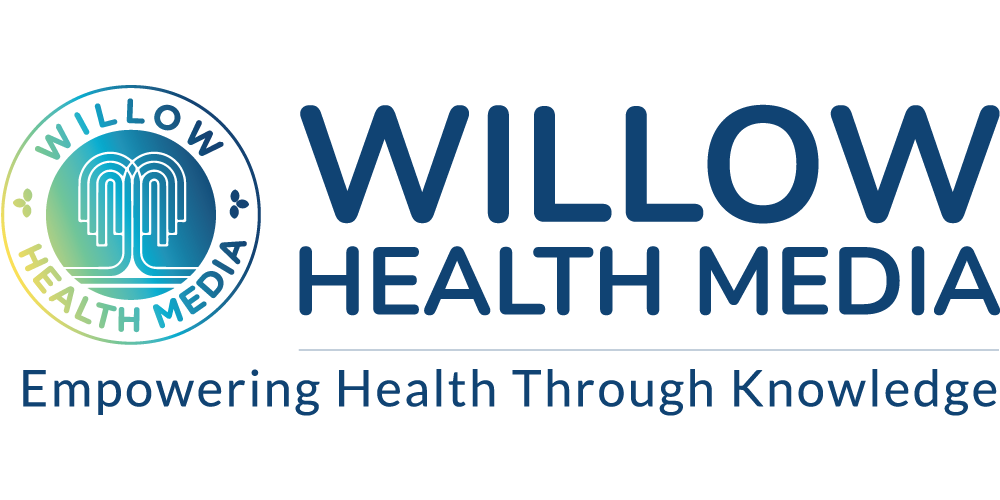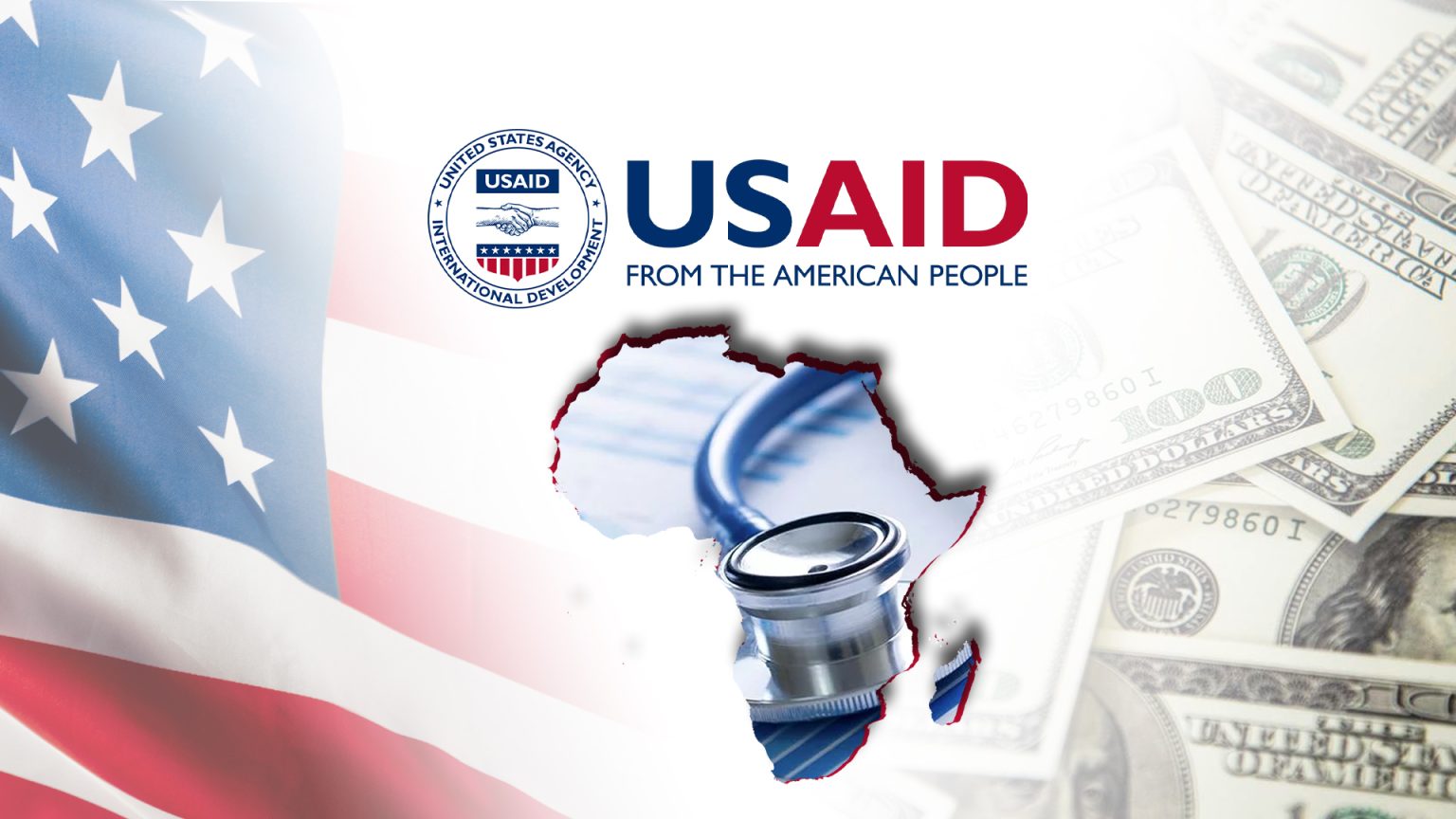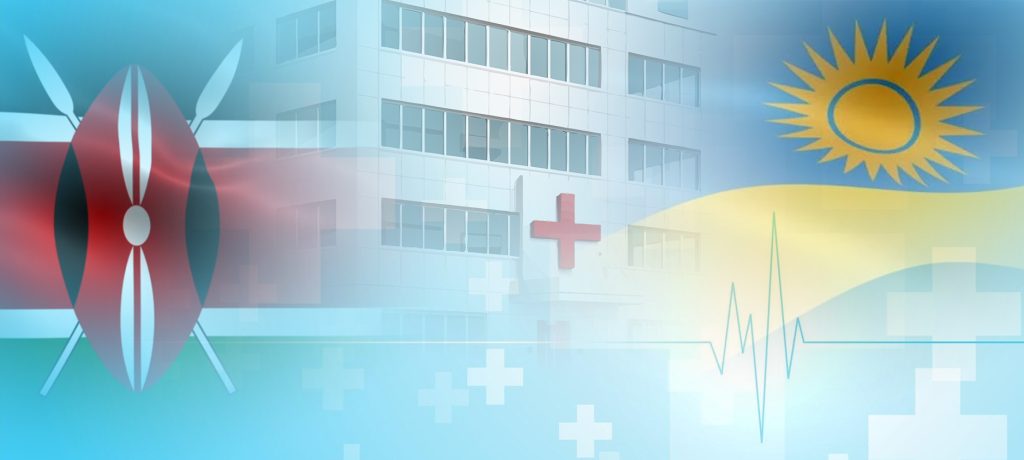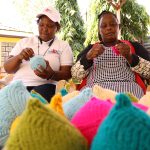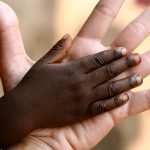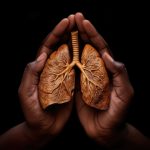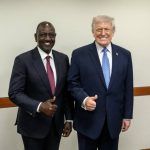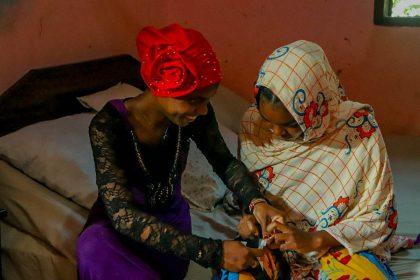Rwanda redirected money for workshops to medical students, physical training went online and with only 15 radiologists used AI and telemedicine for rural patients
The Africa Health Agenda International Conference (AHAIC) 2025 kicked off in Kigali, Rwanda, on March 2, bringing together key stakeholders to deliberate on the evolving trinity of healthcare financing, sustainability and innovation in the continent.
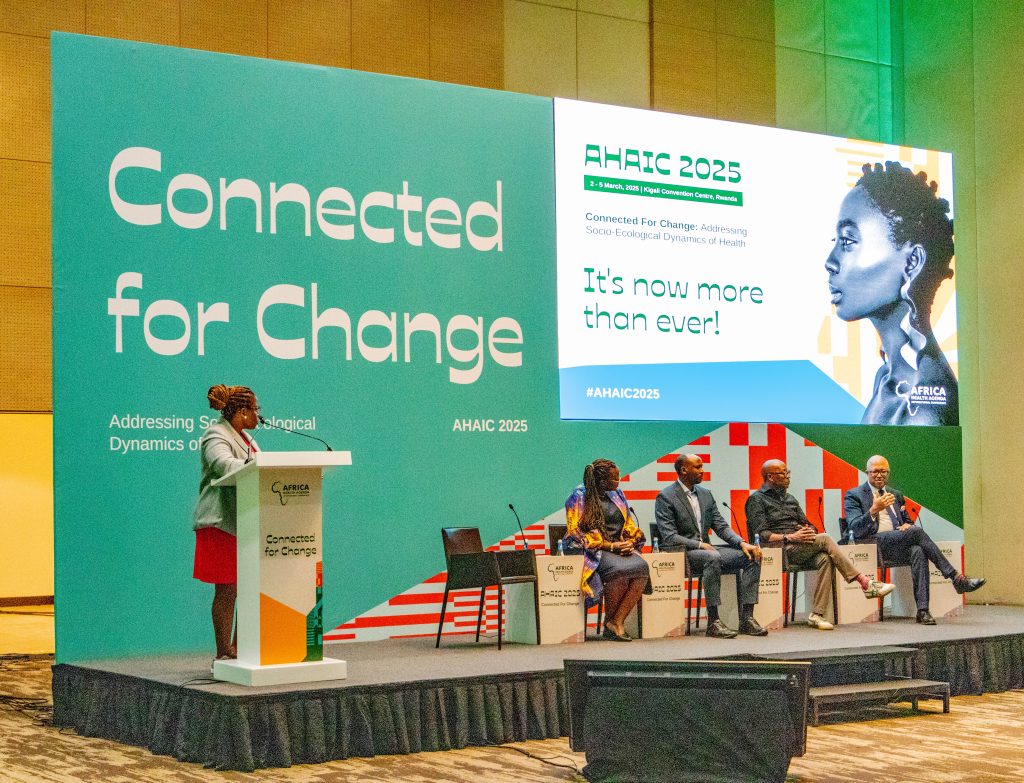
Cardinal among the realities on the cards is the urgent need for African countries to explore alternative financing models, adapt to declining external aid, and harness technology to strengthen health systems.
Dr Githinji Gitahi, Group CEO of AMREF Health Africa, for instance argued that reduced development assistance from several high-income countries, including the United States, Germany, and the UK is a significant shift in global health funding that poses a serious threat to Africa’s health systems, which for ages relied on external funding to combat infectious diseases.
“How are we going to build a future health system where external financing is rapidly declining, yet we face a growing burden of non-communicable diseases?” Dr. Gitahi posed, stressing the necessity of addressing emerging health threats, including climate change, and called for innovative, sustainable financing solutions.
On US President Donald Trump’s administration’s recent termination of all health funding and shutdown of the United States Agency for International Development (USAID), Dr Gitahi called for a more responsible transition strategy, ensuring vulnerable communities are not left unsupported.
It’s not just about the money; it’s about the communities that trusted us
Dr Githinji highlighted a $28 million (Around Ksh3.6 billion) AMREF program spanning Kenya, Malawi, Zambia, and Ethiopia now at risk due to funding shifts. “It’s not just about the money; it’s about the communities that trusted us. How do we ensure continuity of care even as policies change?” he asked.
Beyond AMREF, broader concerns were raised about the impact of reduced USAID funding.
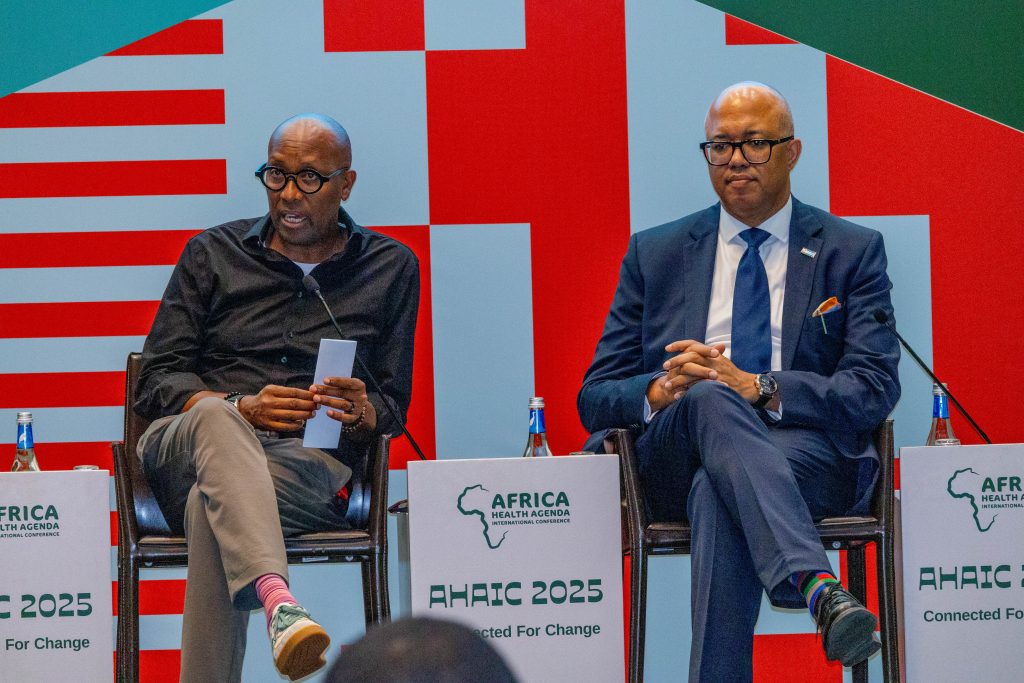
Dr Chikwe Ihekweazu, the newly appointed acting regional director for WHO Africa, on the other hand, reckons that regional cooperation in tackling infectious diseases, like the 2015 Ebola outbreak, will be key as no country can ensure health security in isolation.
“In health security, collaboration is not a luxury; it is essential,” he stated. “A threat anywhere in the world is a threat everywhere. We must strengthen regional organizations like Africa CDC and WHO to collectively address emerging health crises.”
Dr Ihekweazu also emphasized Africa’s right to play a prominent role in global health discussions. “We must not withdraw from the global stage; rather, we should assert our leadership in research and innovation.”
Director for External Relations and Strategic Engagement at Africa CDC, Dr Claudia Shilumani, echoed similar sentiments, citing President Paul Kagame’s leadership in convening African heads of state to discuss alternative health financing models.
Local governments and organizations scrambling for alternative funding sources
“The need for Africa to look internally for funding is resonating across our leaders. Public-private partnerships and new financing mechanisms are crucial to ensuring long-term sustainability,” she noted.
Historically, USAID has played a critical role in Africa’s health landscape, supporting programs in HIV/AIDS, maternal health, and infectious disease response. However, recent cuts have left gaps in service delivery, forcing local governments and organizations to scramble for alternative funding sources.
Stakeholders at AHAIC emphasized that while external aid should not be a long-term solution, the abrupt withdrawal of funding without structured transition plans could severely disrupt health programs and leave millions without essential services.
The recent reductions in USAID funding have had significant impacts on health programs across Africa, particularly those targeting HIV/AIDS, tuberculosis, and maternal and child health.
In Kenya, the funding reductions have disrupted initiatives focused on reproductive health and family planning. This has raised concerns about increased rates of unintended pregnancies and related health complications. Local health organizations are struggling to fill the gap left by the withdrawal of USAID support, highlighting the need for sustainable, domestically funded health programs.
Rwanda redefining health financing by shifting from dependency
The conference emphasized the need for innovative, sustainable solutions in the face of declining external aid. Speakers highlighted the importance of regional cooperation, public-private partnerships, and the integration of technology to strengthen health systems across the continent.
Rwanda is redefining health financing by shifting from dependency on traditional funding streams to a model that prioritizes impact-driven investments with Rwanda’s Minister of Health, Dr Sabin Nsanzimana, outlining the country’s strategic approach, built on five pillars: investing in people, infrastructure development, advanced equipment and technology, effective systems and governance, and innovation.
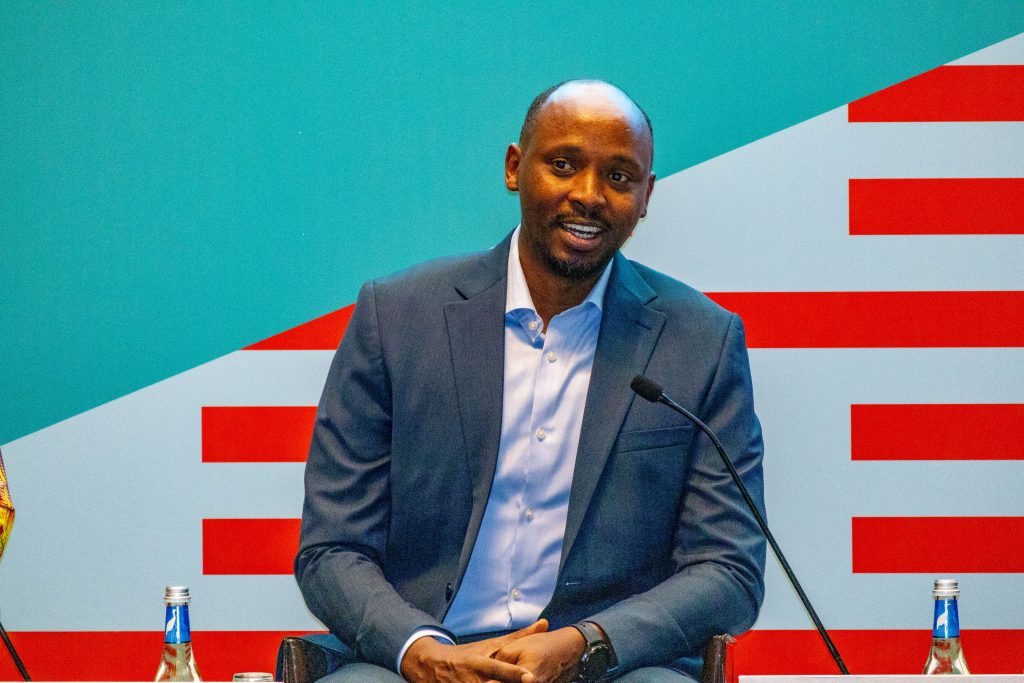
“The key question is not how much funding we have, but how we invest it and the impact it generates,” he emphasized.
When faced with sudden funding cuts, Rwanda had a choice: allow critical healthcare training programs to stall or rethink resource allocation.
The government took decisive action and “We redirected 5 billion francs from short-term workshops to ensure our medical students could complete their critical training programs. We didn’t lose the trainings—we transformed them,” Dr Nsanzimana explained. Instead of halting long-term education for essential health workers, Rwanda shifted short-term in-person training to online platforms, ensuring continuity while optimizing available resources.
For Rwanda, the future of healthcare lies in dynamic, data-driven decision-making
Rwanda is also embracing technology and artificial intelligence (AI) to address shortages in healthcare professionals. With only 15 radiologists nationwide, AI-powered solutions and telemedicine are enabling specialists in Kigali to support patients in remote areas without the need for physical presence.
“With only 15 radiologists in Rwanda, AI and telemedicine allow us to serve patients across the country. We don’t need 100 radiologists to provide nationwide care—we need to embrace technology now,” he said.
For Rwanda, the future of healthcare does not lie in outdated, pre-designed action plans but in dynamic, data-driven decision-making.
Dr Nsanzimana urged other African nations to move beyond traditional funding structures and rethink how they utilize available resources.
“The time to integrate technology into our healthcare system is not tomorrow—it was yesterday,” he stressed. “As a continent, we must move beyond traditional action plans and ask: What do we have? What do we need? What do we want to achieve?”
Rwanda’s innovative approach offers a blueprint for African nations facing similar funding challenges. By prioritizing long-term impact, strategic resource allocation, and technological integration, Rwanda is not just surviving funding cuts it is building a resilient, future-ready healthcare system.
As Africa grapples with declining foreign assistance, health leaders at AHAIC 2025 are calling for bold action, domestic resource mobilization, public-private partnerships, and technology-driven solutions. Rwanda’s model serves as a compelling example of how strategic governance and innovation can sustain health systems amid global uncertainties.
